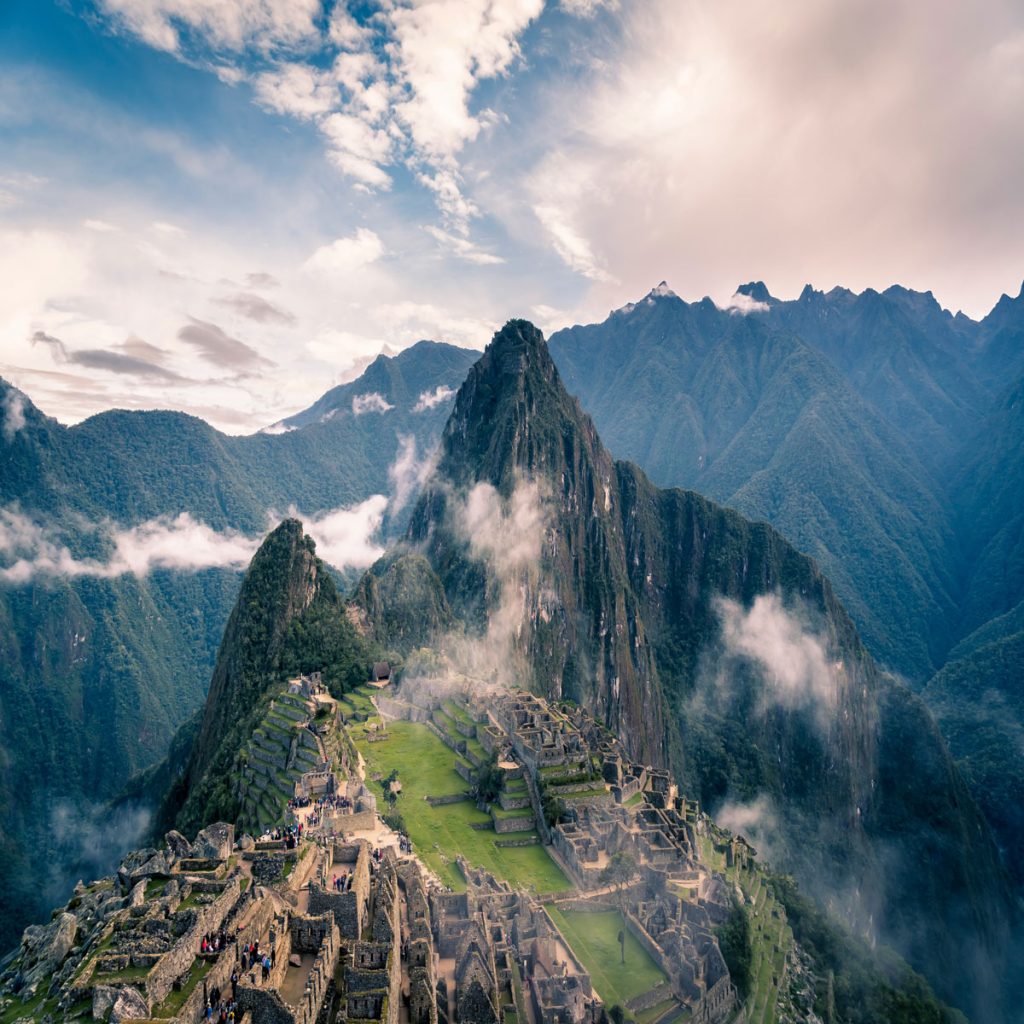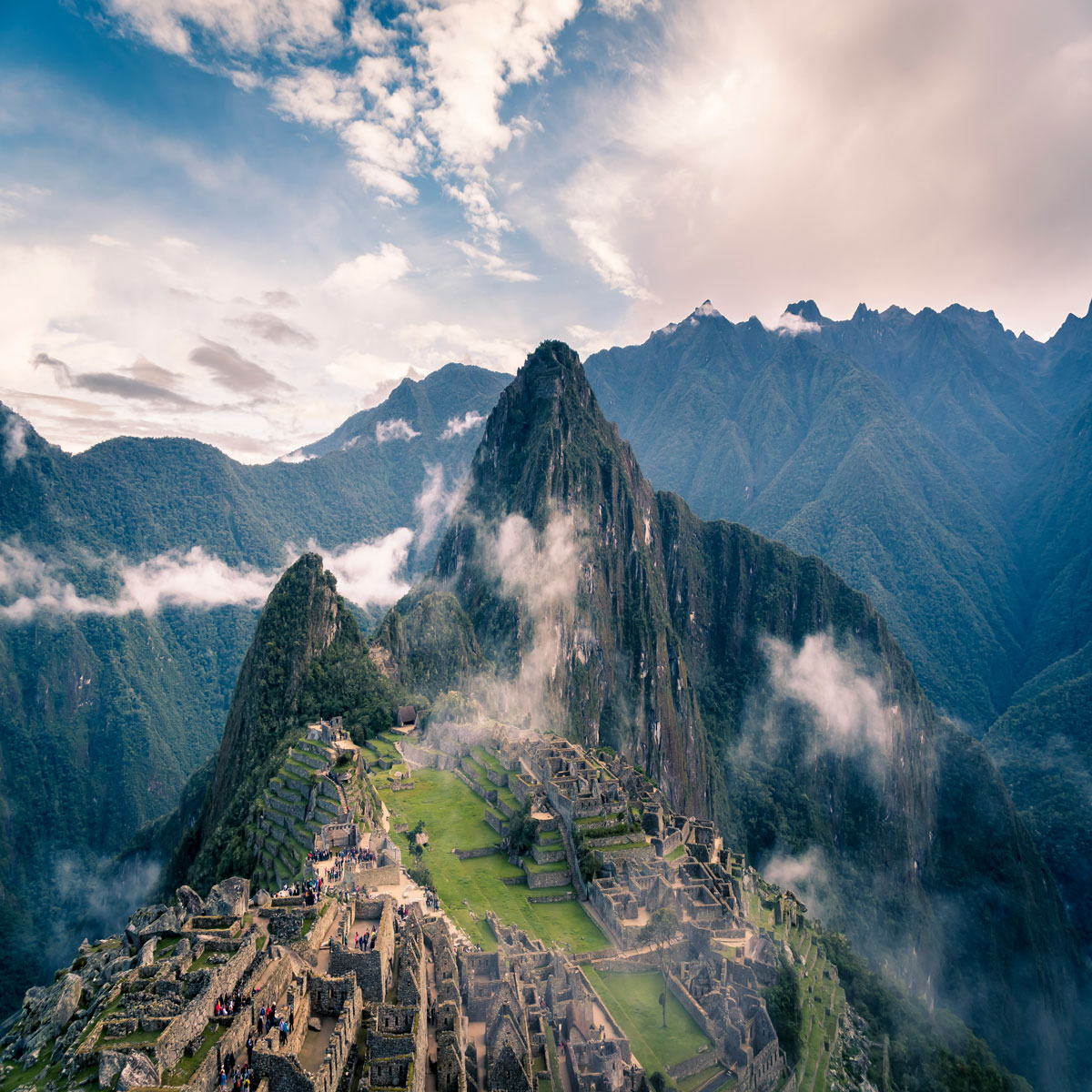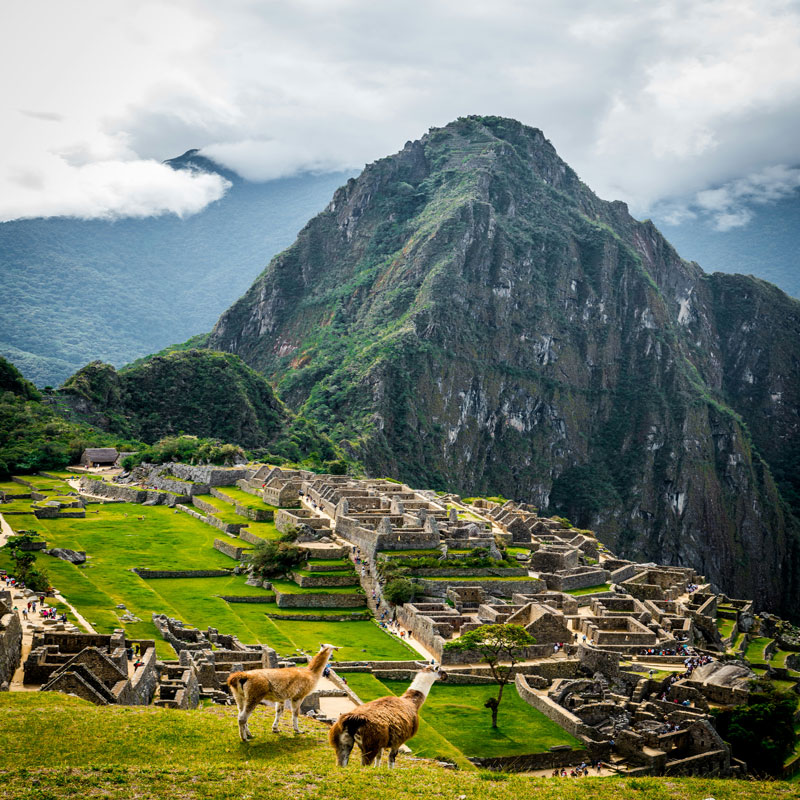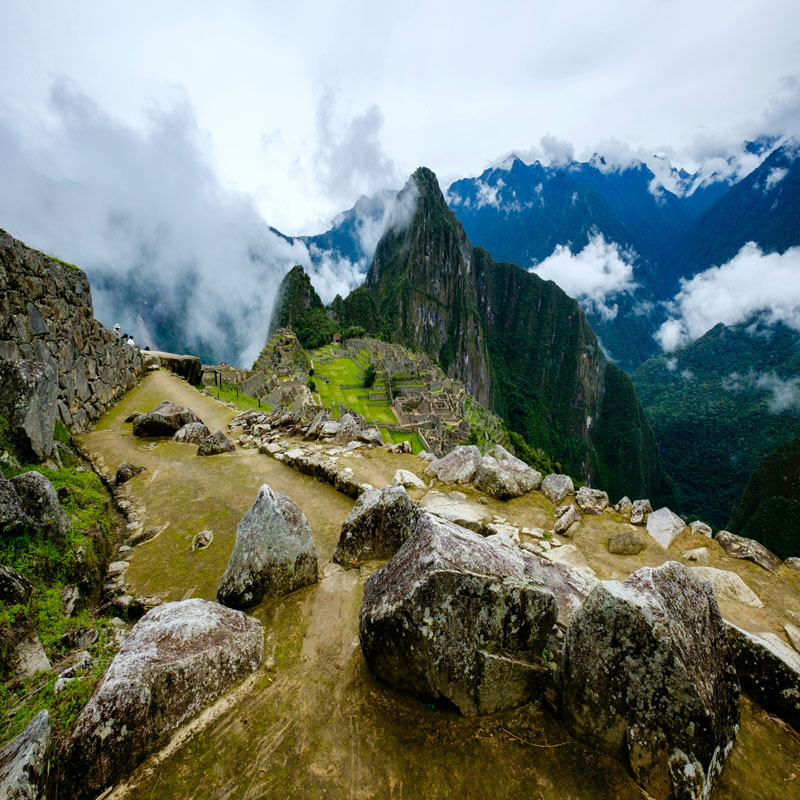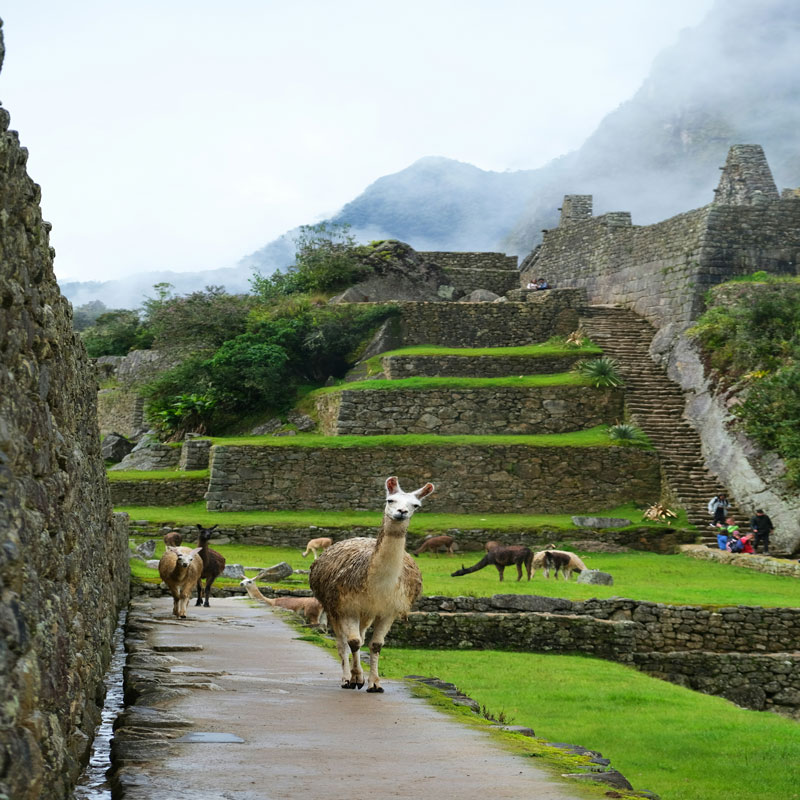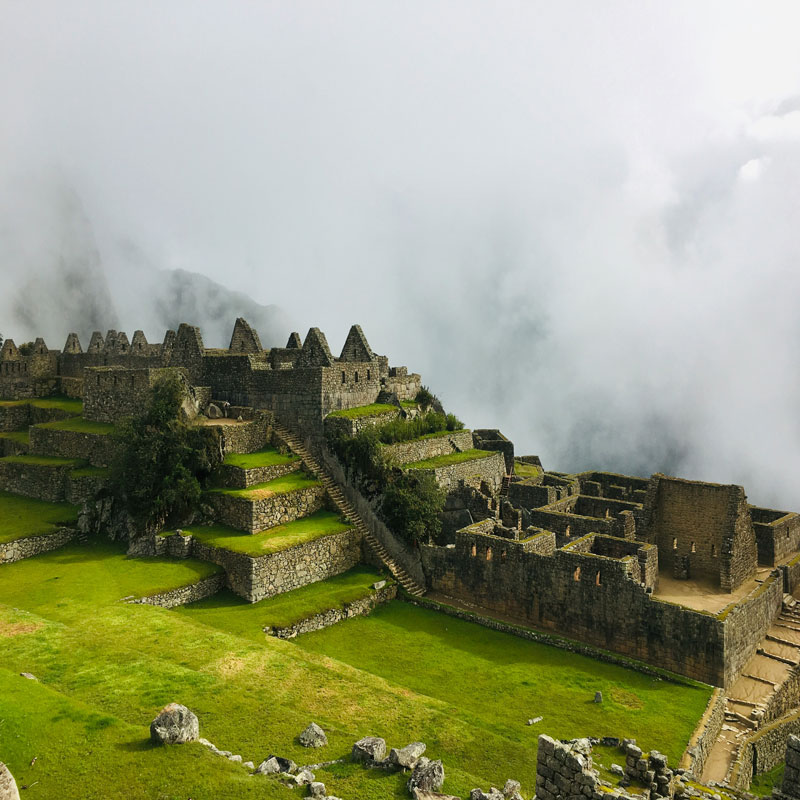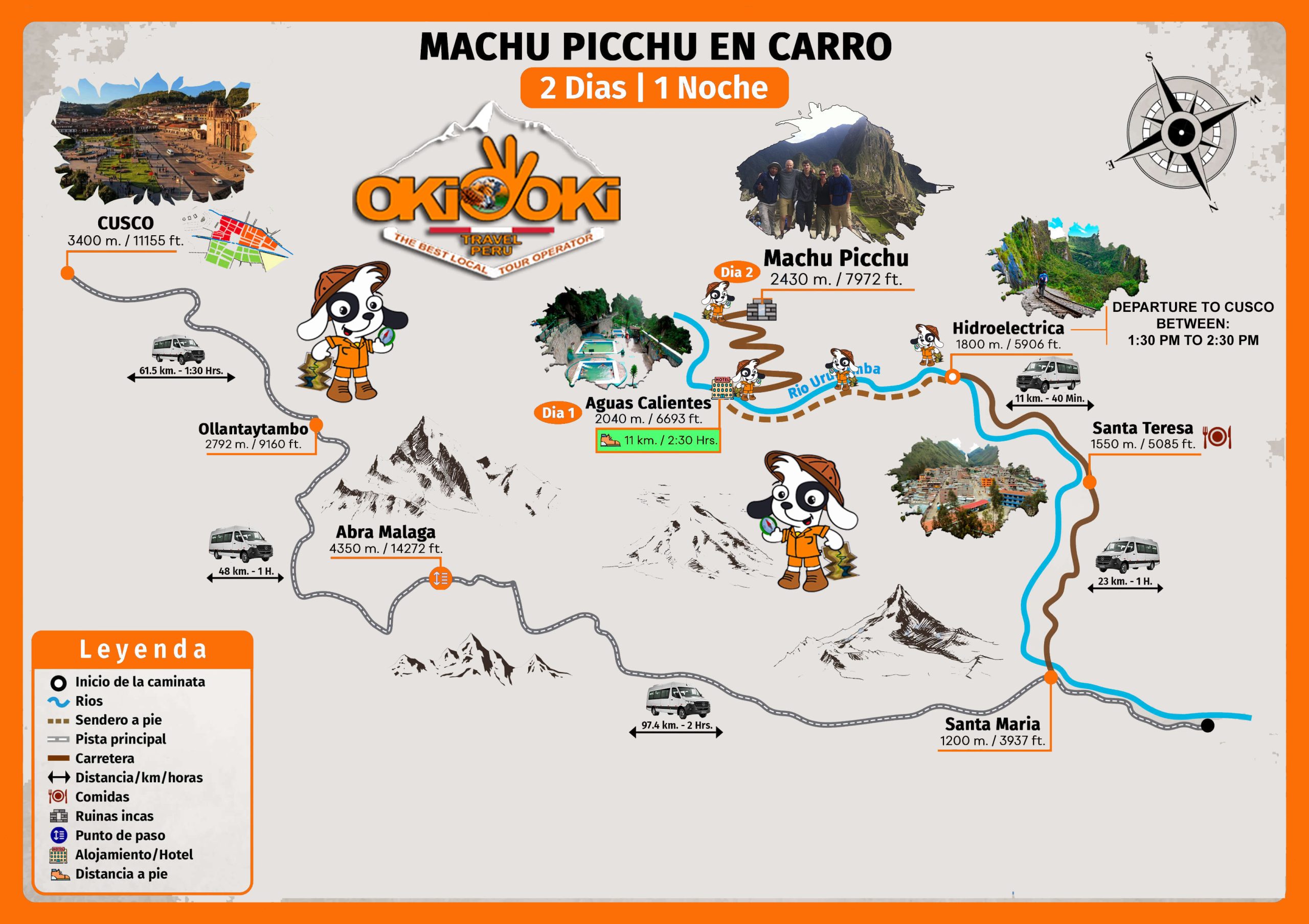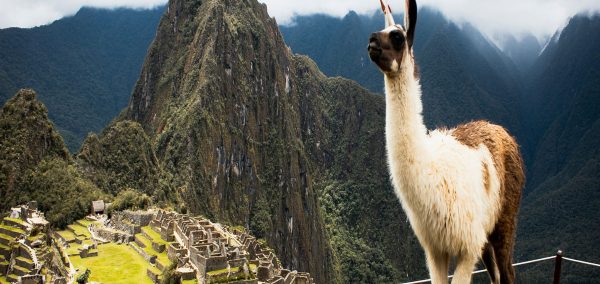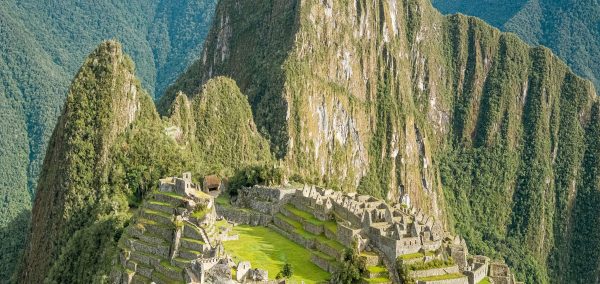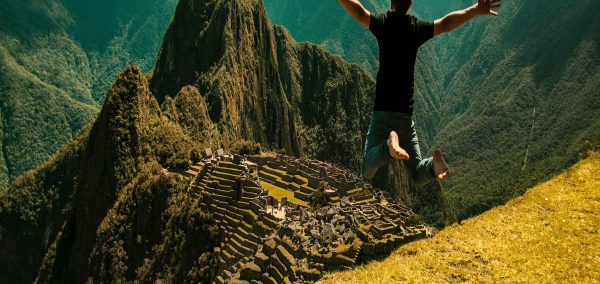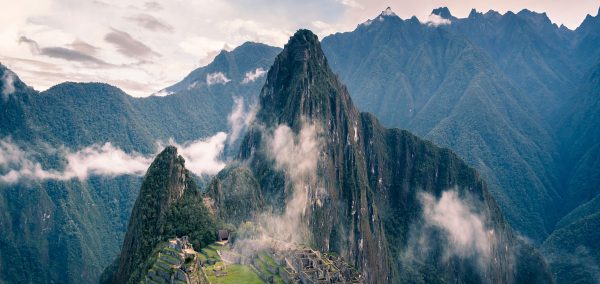Travel 1 day: CUSCO – SANTA TERESA – HIDROELECTRICA – AGUAS CALIENTES
On the first day, we will pick you up early from your hostel between 6:10 a.m. and 6:30 a.m., depending on your exact location in Cusco. From there, we begin a scenic bus journey of approximately 7 hours to reach Hidroeléctrica.
During the bus trip, you will have the opportunity to appreciate the breathtaking landscapes of the Sacred Valley, with views of the majestic mountains, glaciers, and lush flora that characterize the route from Cusco.
Once we arrive at Hidroeléctrica, we will stop for a lunch break, allowing you to refresh and prepare for the next part of the journey.
After lunch, you will embark on a 3-hour walk toward the town of Aguas Calientes. This walk is a straightforward path with no detours, so it can be done independently without a guide. The trail follows the Vilcanota River, passing through the beautiful Urubamba valley, where you can enjoy the region’s diverse flora and fauna and admire the views of Machu Picchu mountain in the distance.
Upon arrival in Aguas Calientes, you will be accommodated in a private hostel reserved exclusively for our group for one night, ensuring a comfortable and restful stay.
In the evening, you will share dinner with your guide, providing an excellent opportunity to relax, ask questions, and prepare for the adventure of visiting Machu Picchu the following day.
This first day perfectly balances travel, nature, and rest, setting the tone for an unforgettable Machu Picchu experience.
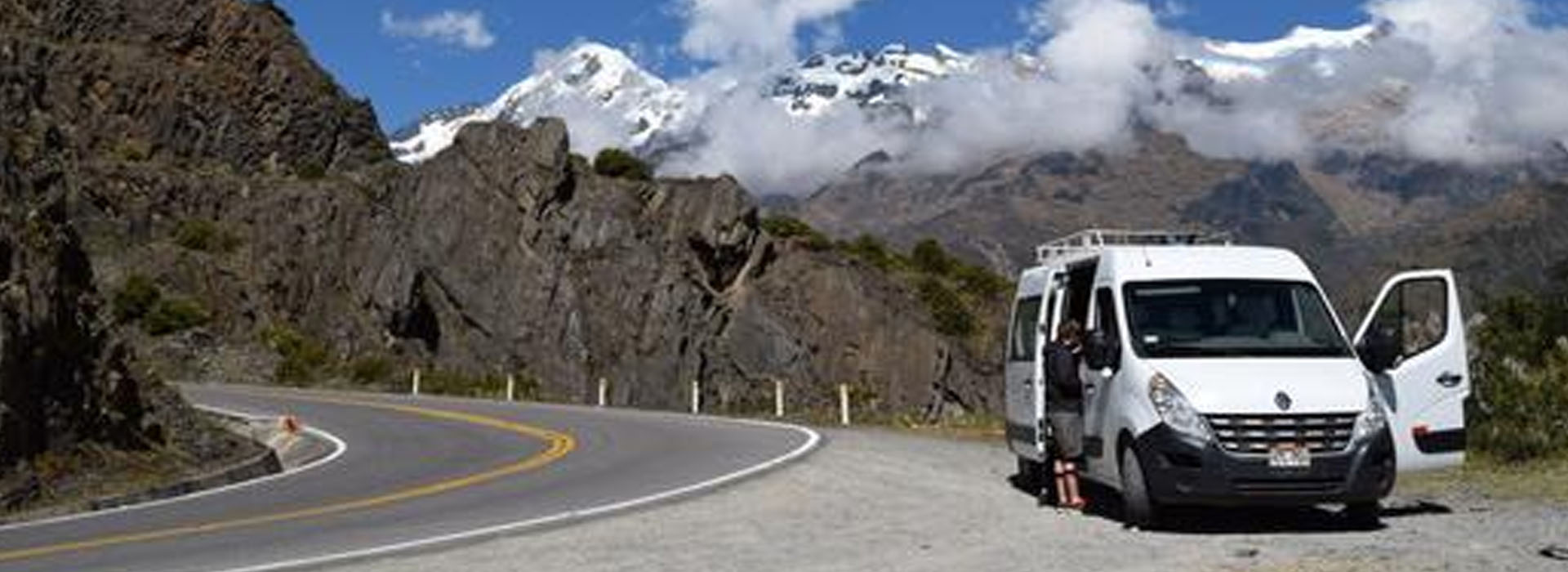
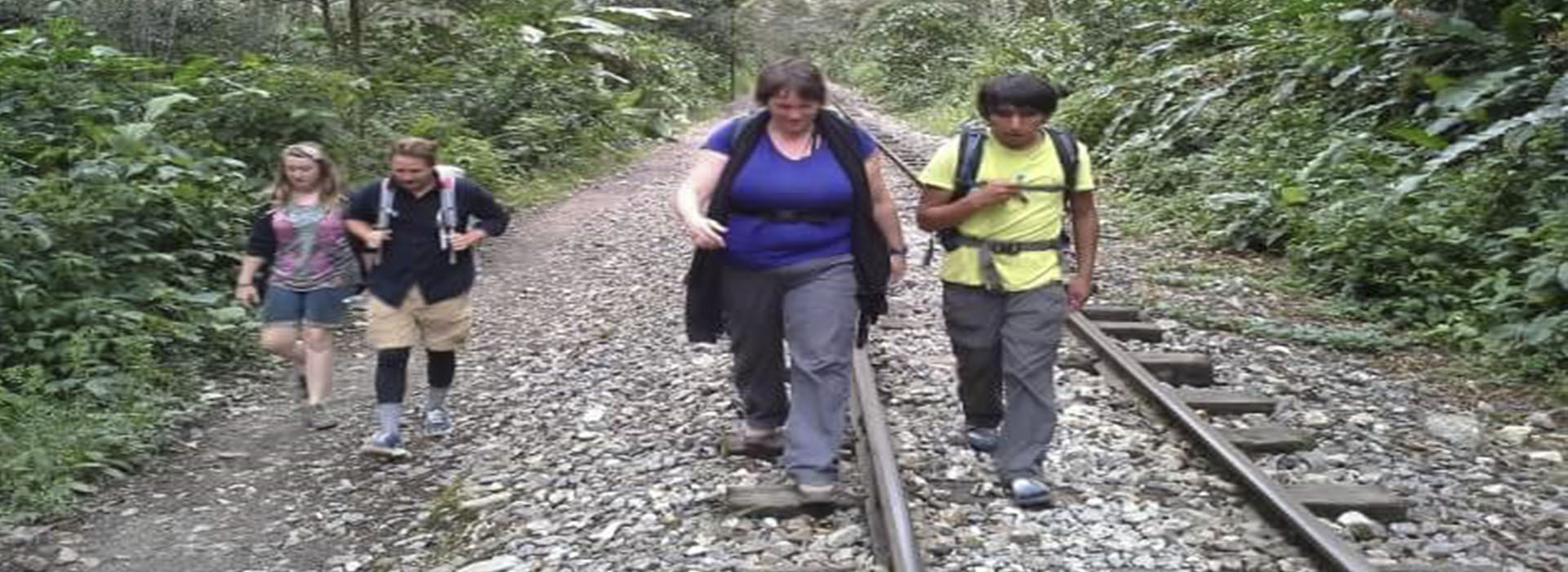
Travel 2nd day: AGUAS CALIENTES – MACHUPICCHU – HIDROELECTRICA – CUSCO
This day starts very early, at 4:30 a.m., to make the most of your visit to Machu Picchu.
The first part of the journey is a flat walk lasting approximately 30 minutes, allowing you to enjoy the peaceful early morning surroundings. After this, the path becomes steeper with an ascent of about 1 hour up to the entrance of Machu Picchu.
You will arrive at Machu Picchu around 6:00 a.m., just in time to witness the breathtaking sunrise over the iconic citadel, an unforgettable moment that perfectly frames the mystical atmosphere of this ancient Inca city.
Following the sunrise, you will enjoy a guided tour of Machu Picchu that lasts approximately 2 hours, during which your expert guide will share fascinating insights about the history, architecture, and significance of this remarkable archaeological site.
After the tour, you will have some time to rest and take in the spectacular views before beginning your descent. You must start your way down no later than 10:30 a.m. to ensure enough time for the hike.
The descent involves a 3-hour walk along the scenic path back to Hidroeléctrica, where you will find the bus waiting to continue your journey.
Your bus departs from Hidroeléctrica between 2:00 p.m. and 2:30 p.m., beginning the return trip to Cusco.
The ride back lasts approximately 7 hours, so you can expect to arrive in Cusco’s city center between 10:00 p.m. and 10:30 p.m.
This well-organized itinerary allows you to experience Machu Picchu in depth, enjoy the natural beauty of the Urubamba valley, and travel comfortably between all points of interest.
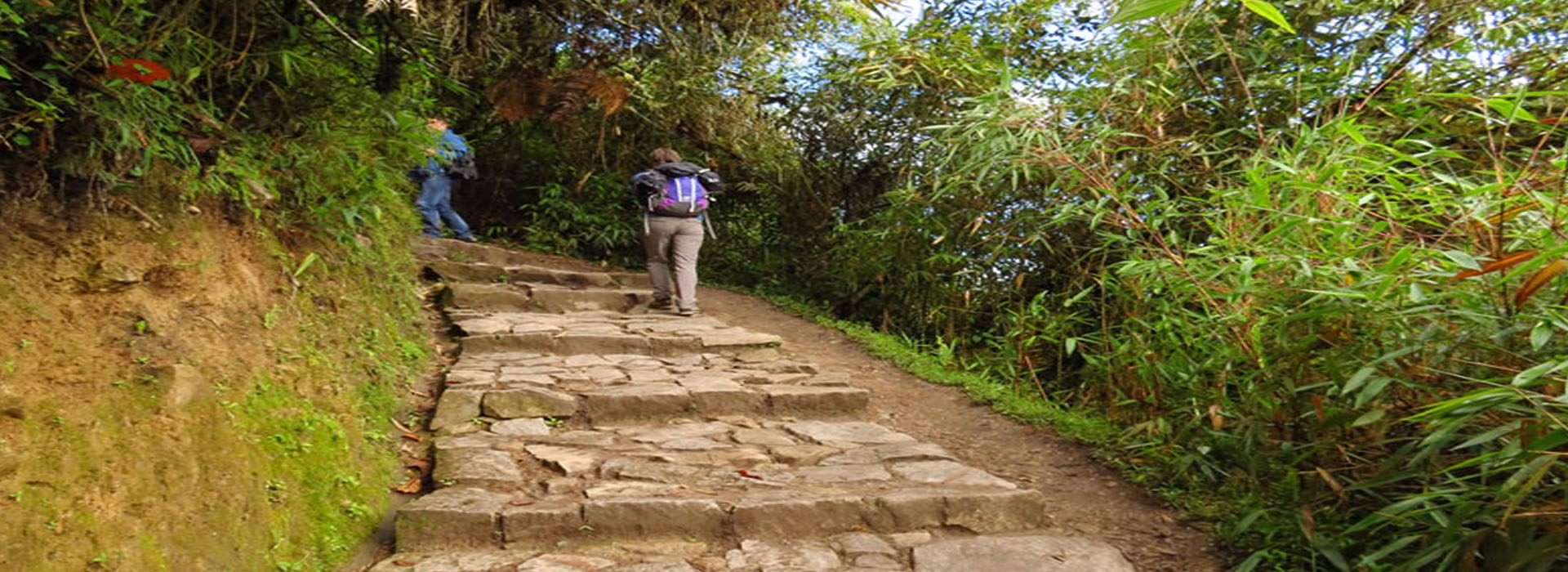
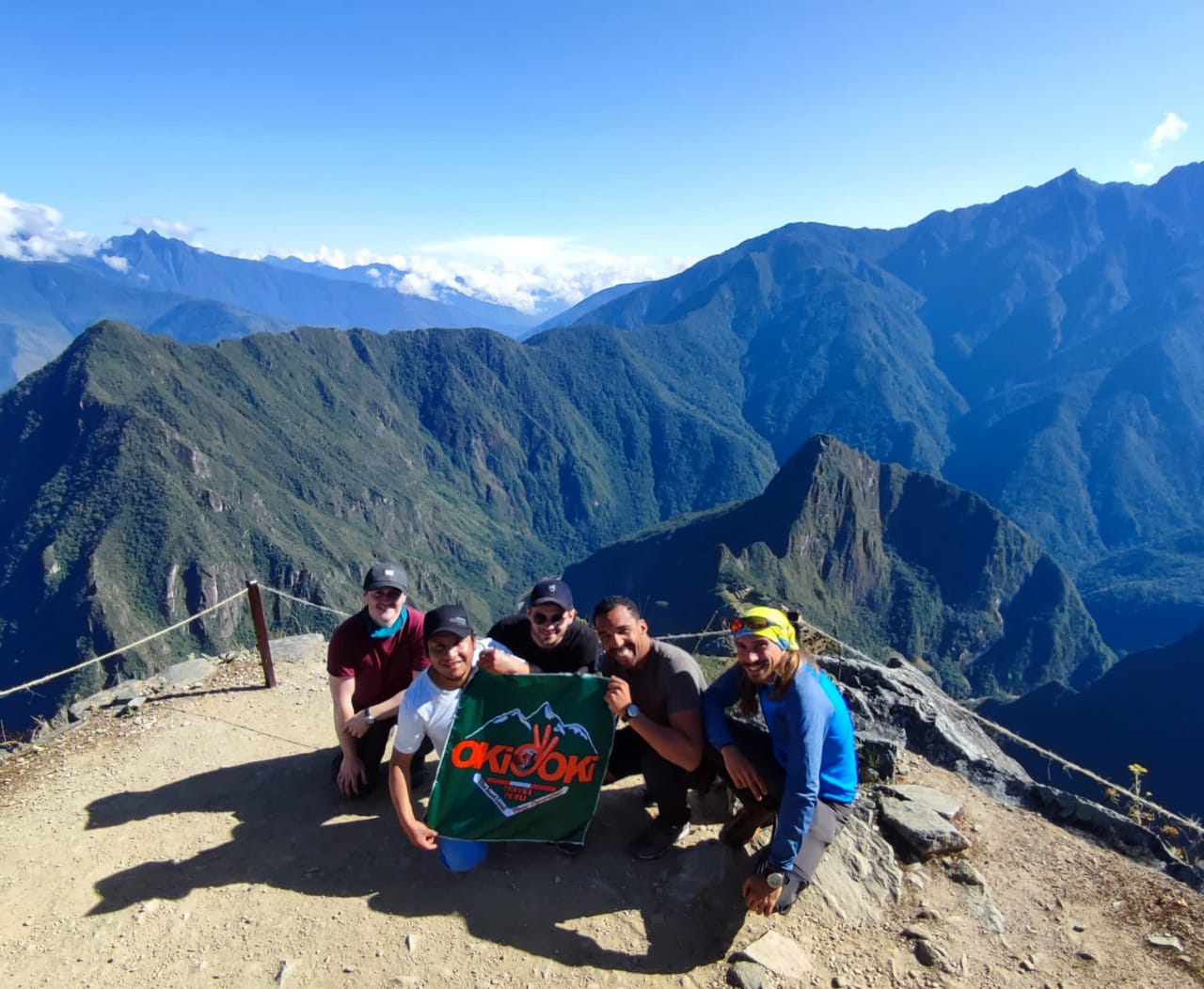
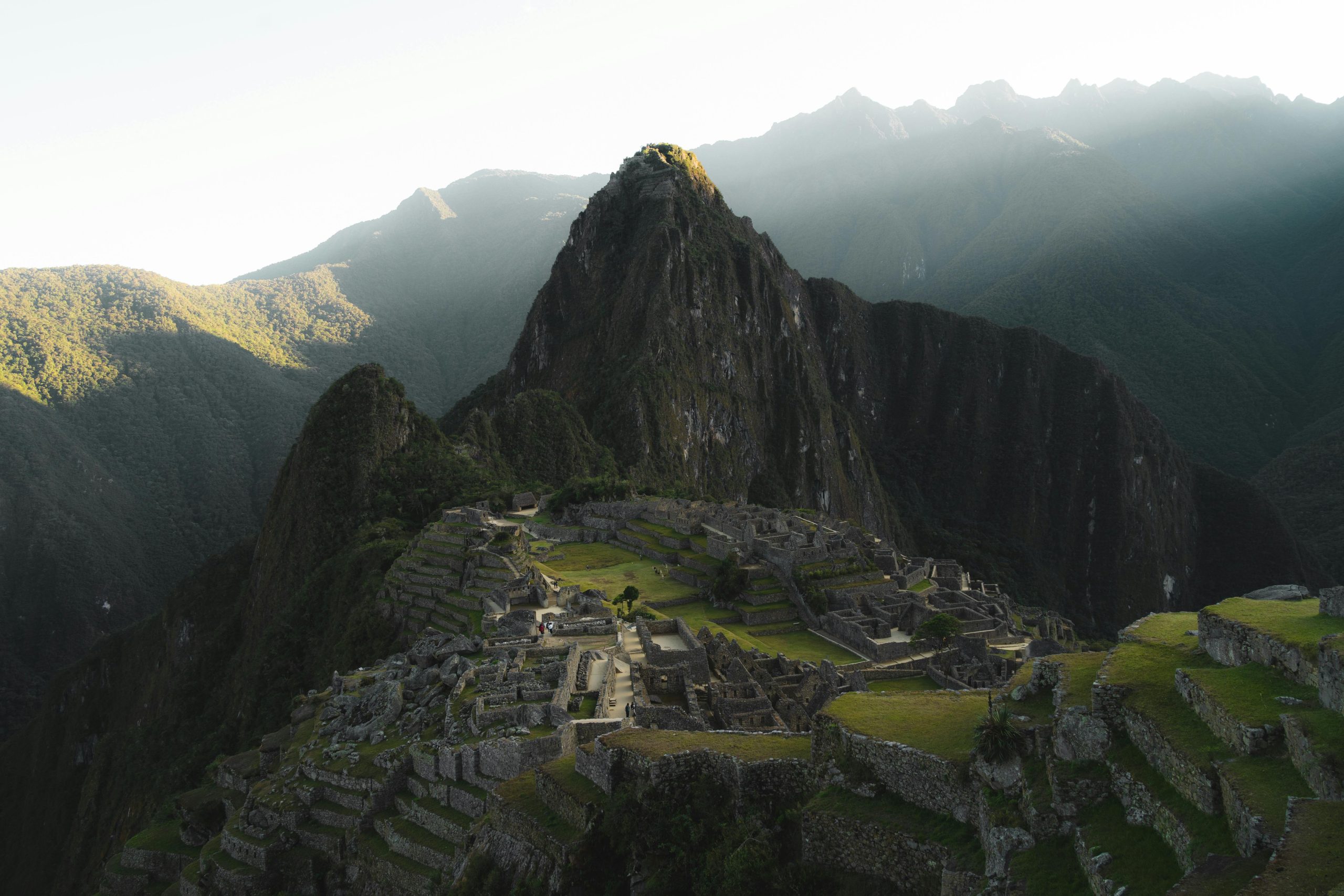
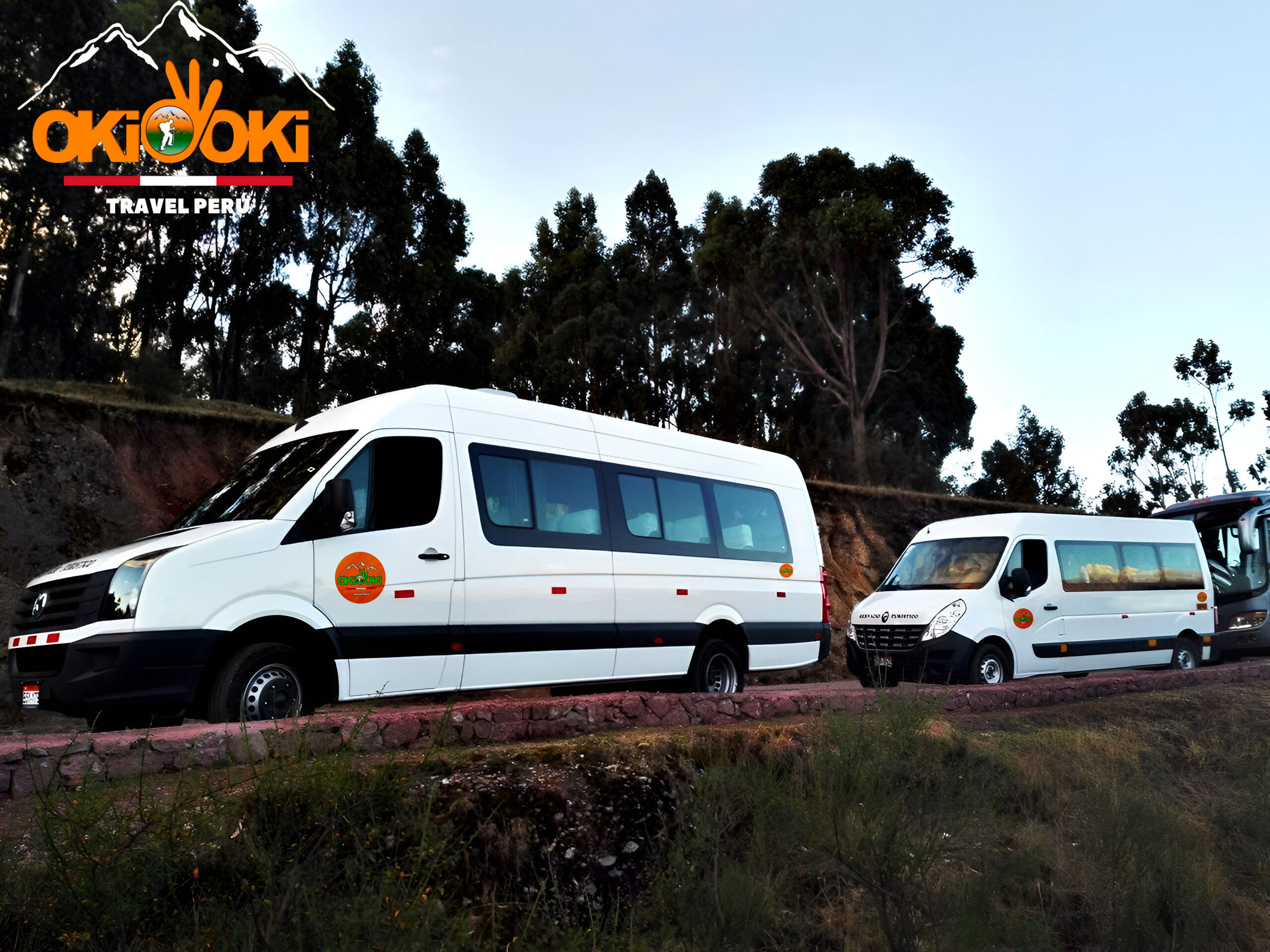
IMPORTANT TRAVEL NOTE FOR YOUR VISIT TO MACHU PICCHU
MACHU PICCHU TICKETS ARE INCLUDED
How many circuits are there now in Machu Picchu for your visit?
Currently, there are 3 different circuits in Machu Picchu. This has made it challenging for guides because it is impossible for them to be present in all circuits simultaneously:
-
Tour Circuit 1: Panoramic
A panoramic view of Machu Picchu focusing only on the upper part of the site, without entering the main archaeological sectors.
-
Tour Circuit 2: Classic Circuit
The traditional route with views of Machu Picchu and an internal visit to some sectors of the citadel.
-
Tour Circuit 3: Machu Picchu Royalty
No classic panoramic view, but a full internal visit to specific sectors of Machu Picchu.
If you want to climb Huayna Picchu Mountain, is there an extra cost?
Yes, climbing Huayna Picchu Mountain has an extra cost of $20 USD per person.
How much time do I have with the guide in Machu Picchu?
You will have approximately 2 hours of guided exploration and explanation inside Machu Picchu.
What is the difference between Huayna Picchu Mountain and Machu Picchu Mountain? How hard are their ascents and descents?
Both are mountain peaks with different heights and views within the Machu Picchu citadel:
-
Huayna Picchu Mountain:
Located at 2,720 meters above sea level, this peak features some Inca constructions. The ascent and descent typically take about 1.5 hours total. It is the iconic peak seen behind Machu Picchu in classic photos. The paths are steep and narrow, which might be intimidating for those afraid of heights.
-
Machu Picchu Mountain:
At 3,100 meters above sea level, this mountain offers panoramic views of Machu Picchu and the entire valley but has no Inca ruins. The ascent and descent take approximately 2.5 hours. The trails are wider and less steep compared to Huayna Picchu.
Should I acclimatize in Cusco before doing the Salkantay trek?
It is highly recommended to acclimatize in Cusco for 1 to 2 days before starting the Salkantay trek or any other high-altitude tour. The weather in Cusco is mild but can change quickly, so bring a rain poncho and pack light. Proper acclimatization helps prevent altitude sickness and makes your trek safer and more enjoyable.
I am vegetarian and have food allergies — can I still do the Salkantay trek?
Absolutely! Just inform us before the trek so our cook can prepare meals accordingly. We hold an informative meeting at the Okidoki office before your trek to make sure all your needs are covered.
Important points
CONDITIONS FOR MAKING A RESERVATION AND CANCELLATIONS
Reservation Requirements
To make your reservation, you must provide the exact date of your Salkantay trek departure. Please note that no changes or cancellations are allowed once the reservation is made.
Reservation and Deposit
To confirm your reservation and secure your participation in the trek, a deposit is required. This deposit covers the reservation of all trek services and, most importantly, the purchase of your Machu Picchu ticket.
Important: The Machu Picchu ticket is personal, non-refundable, non-transferable, and cannot be rescheduled.
Cancellation Policy
-
No cancellations or date changes are accepted.
-
If you cancel or fail to show up, you will lose your deposit with no refunds.
-
Your deposit is not a fee for our pocket; it is used exclusively to purchase your Machu Picchu ticket and organize all the trek services.
-
All services for your 4 or 5 days of trekking are booked in advance with deposits to ensure a smooth experience.
-
Suppliers do not allow last-minute cancellations; if we cancel these reservations, we also lose the deposits.
-
By booking, we block spaces that otherwise would be offered to other tour operators.
Student Discount Requirements
The student discount is $20 USD off your Machu Picchu entrance ticket. However:
-
ISIC cards are NOT accepted due to fraudulent copies found by the government.
-
Other certifications, documents, internship notes, or university letters are NOT valid.
-
You must have an original, valid university student card issued for the current year (2025 or 2026). Cards with future dates (2027 or later) or expired cards are invalid.
-
You must provide a copy of your original passport and your student card so we can submit them to the government for approval.
-
Important: The student card must be an original plastic (PVC) card, NOT cardboard or paper.
-
If you do not have this original card or the required information, your student ticket will be invalid, and you will need to purchase a regular adult ticket.
-
Failure to comply may result in not being able to visit Machu Picchu, especially if ticket availability is limited.
-
This discount applies only to visitors 25 years old or younger.
-
Please send all student documents immediately when confirming your reservation. Late submissions will not be accepted.
If you do not meet these conditions, we recommend purchasing the regular adult ticket to avoid issues during your visit. We are not responsible for problems arising from invalid student credentials.
FAQs
Culture and Nature of Machu Picchu – Peru Travel
1. What makes Machu Picchu a World Heritage Site?
Machu Picchu is recognized as a World Heritage Site for both its cultural and natural significance. Culturally, it stands as a remarkable legacy of the Inca civilization, showcasing their urban planning, artistry, architecture, engineering, and harmonious integration with the landscape. Its location within the rugged Andes required ingenious adaptations to maintain balance with the surrounding environment.
2. How does Machu Picchu impact the local economy and population?
Machu Picchu drives the local economy through tourism services like travel agencies and transportation companies. These operators often function in a near-monopoly due to the limited access routes. The population includes a mix of permanent residents and a growing floating population, many migrating from nearby rural areas to work in tourism services. This dynamic shapes the cultural and economic fabric of the region.
3. What environmental challenges does Machu Picchu face?
The influx of tourists and residents has led to wear and saturation of infrastructure, including waste management challenges. These pressures impact the environmental quality of the area and require ongoing efforts to balance conservation with tourism.
4. What is unique about Machu Picchu’s natural environment?
Machu Picchu is located at a transitional zone between the Andes and the Amazon rainforest, known as the “jungle eyebrow.” This creates a rich biodiversity hotspot, with a variety of endemic plants and animals such as orchids, bromeliads, mosses, and tree ferns. The ecosystem is unique due to its climate and geography.
5. What is the cultural significance of the surrounding mountains?
In Andean cosmology, the mountains or “apus” are sacred protectors. Notable peaks like Salkantay and Waqay Willke hold spiritual importance and are venerated as powerful deities. Machu Picchu maintains a symbolic and visual connection with these snow-capped mountains, which are integral to the local worldview.
6. How do I access the Salkantay route to Machu Picchu?
The Salkantay trek follows ancient pre-Hispanic roads connecting the provinces of Anta and La Convención, specifically the districts of Mollepata and Santa Teresa. Entry points include:
-
Mollepata via a paved uphill road starting near Limatambo, about 11 km from Cusco-Abancay highway.
-
Santa Teresa accessible via highway or railway. The railway leads to the Machu Picchu Hydroelectric Plant, then a dirt road to Santa Teresa and the Playa settlement.
7. What conservation efforts are in place at Machu Picchu?
Maintenance activities include repairs to architectural structures, modern amenities (handrails, stairs, signage), and floor treatments. The Machu Picchu National Sanctuary encompasses over 300 km of roadways connecting more than 60 archaeological sites. Conservation plans include maintaining 20 monuments and 76 km of Inca trails annually, following the Machu Picchu Master Plan.
8. What are the main Inca trail routes maintained?
The primary routes preserved are:
-
Piskacucho – Wayllabamba – Wiñaywayna – Machu Picchu
-
Qoriwayrachina – Wayllabamba – Wiñaywayna – Machu Picchu
-
Soraypampa – Salkantaypampa – Inkachiriaska – Pampacahuana – Paucarcancha – Wayllabamba – Wiñaywayna – Machu Picchu
-
Piskacucho – Pacaymayu Bajo – Chachabamba – Wiñaywayna – Machu Picchu
-
Chachabamba – Wiñaywayna – Machu Picchu
-
Paucarcancha – Wayllabamba – Qoriwayrachina






